Understanding Air Conditioning and Allergies
If you’re an allergy sufferer, choosing the best air conditioner for allergy sufferers can significantly improve your indoor air quality and comfort. With the right air conditioning system, you can minimize allergens, dust, and pollen while staying cool. In this guide, we’ll walk you through the top options and key features to consider when selecting the best air conditioner to help alleviate allergy symptoms.
What is an AC Allergy?
An AC allergy refers to allergic reactions or symptoms triggered by air conditioning systems. Contrary to common belief, the AC itself is not the allergen. Instead, it acts as a medium that circulates allergens like dust mites, pollen, pet dander, mold spores, and bacteria throughout your indoor environment.
Key points:
- AC systems can spread airborne particles, which may irritate sensitive individuals.
- Allergic reactions may vary from mild irritation to severe respiratory issues.
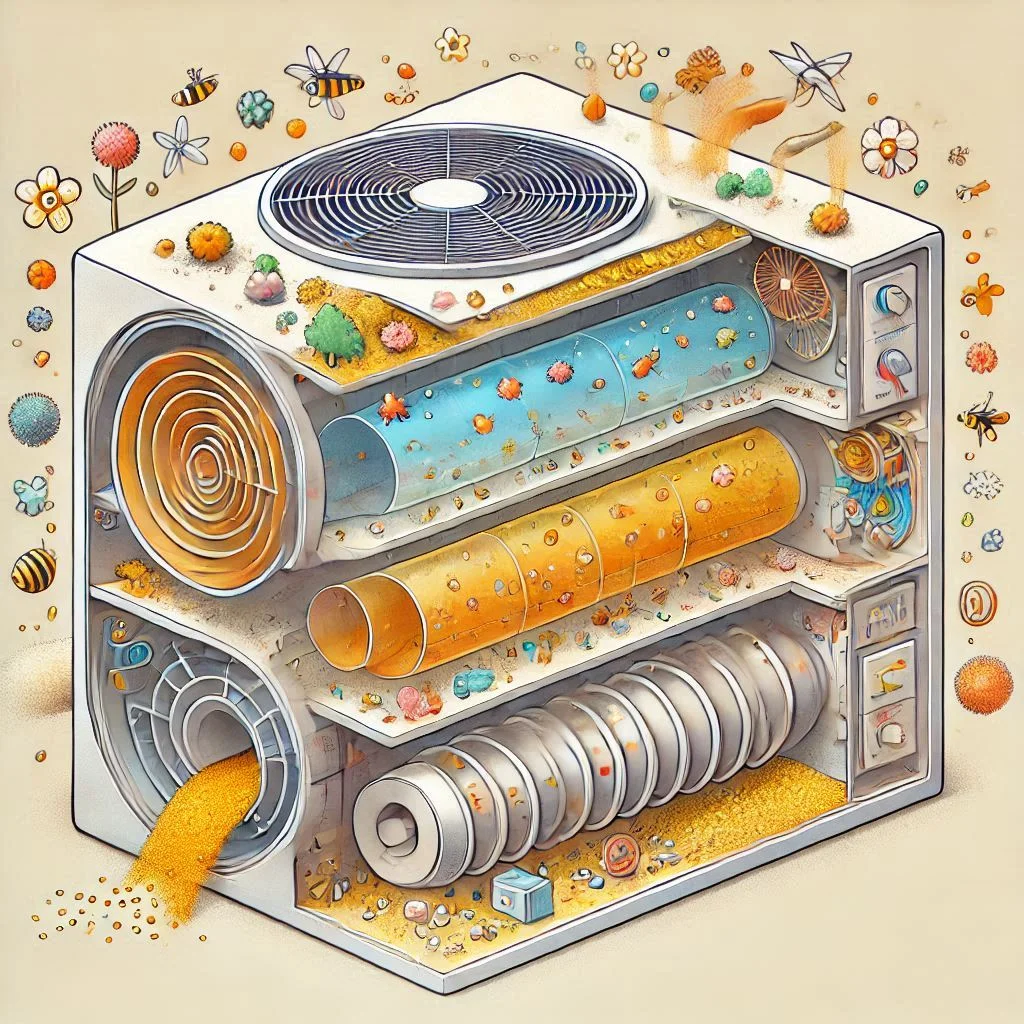
Symptoms of AC Allergy
The symptoms of AC allergies often mimic those of seasonal or environmental allergies. These may include:
- Respiratory issues such as coughing, sneezing, and difficulty breathing.
- Nasal congestion and a runny nose.
- Watery, itchy eyes and skin irritation.
- Fatigue due to prolonged exposure to allergens in a closed environment.
For some individuals, these symptoms can be compounded by pre-existing conditions like asthma or sinus problems. Identifying and addressing these symptoms promptly can significantly enhance your indoor comfort.
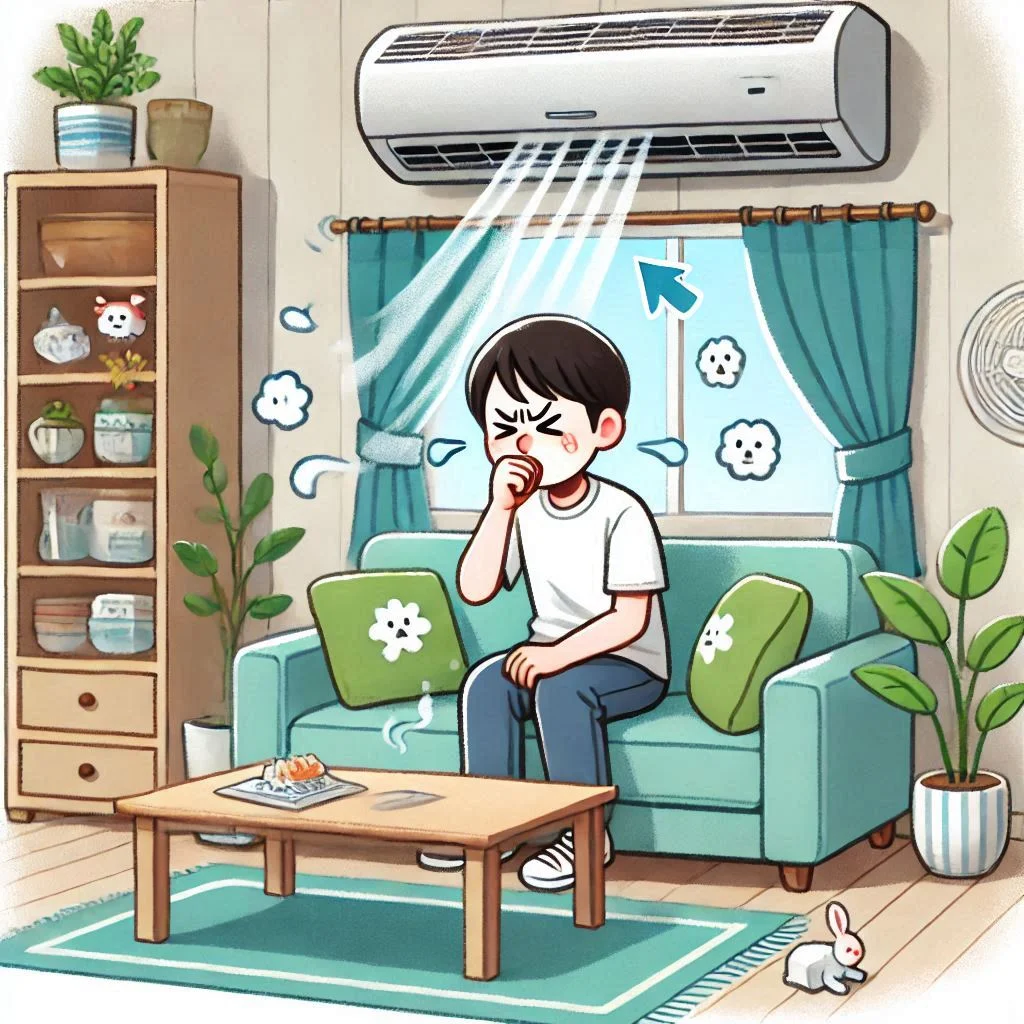
What Causes Air Conditioning Allergy?
Several factors contribute to the sensation of an AC allergy. These include:
- Accumulation of Allergens
Air conditioners can trap and recirculate allergens such as pollen, dust mites, pet dander, and mold spores if filters are not cleaned or replaced regularly. - Poor Ventilation
AC systems that lack proper ventilation can create a sealed environment where allergens accumulate over time, aggravating symptoms. - Humidity Control Issues
Improper humidity regulation can lead to mold and mildew growth within the AC system. Mold spores are a significant trigger for allergic reactions. - Volatile Organic Compounds (VOCs)
These chemical compounds, emitted by household products or furnishings, can circulate through AC systems and worsen allergy symptoms.
How to Prevent Causes:
- Regularly clean or replace AC filters.
- Invest in high-quality HEPA filters to capture smaller particles.
- Schedule professional AC maintenance to ensure proper functioning and allergen removal.
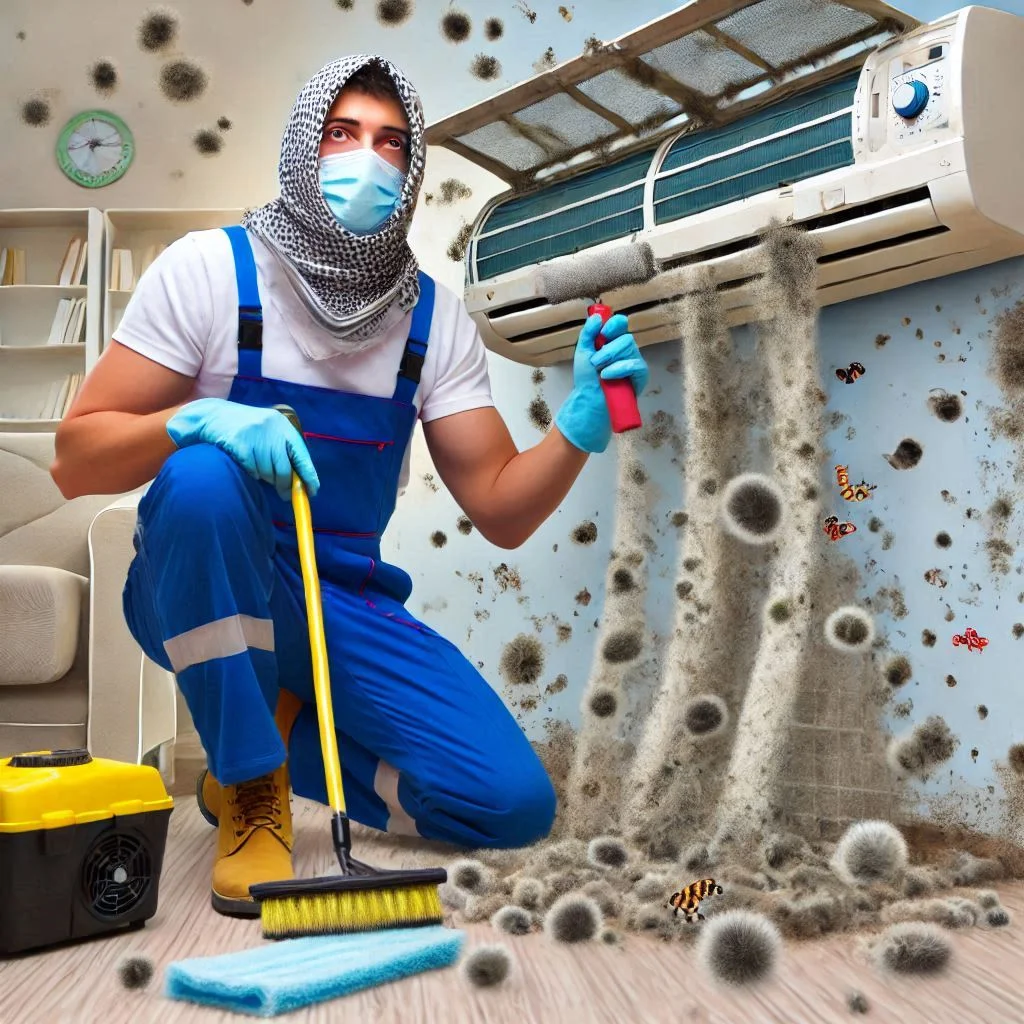
How Air Conditioners Can Improve Indoor Air Quality
Air conditioners are essential not just for cooling your home but also for enhancing indoor air quality (IAQ). When properly maintained, they can reduce the concentration of allergens, pollutants, and harmful particles, providing a healthier environment for you and your family.
Reducing Airborne Allergens
Air conditioners are designed to filter and circulate air, effectively trapping common allergens such as pollen, dust mites, mold spores, and pet dander. The inclusion of advanced filtration systems, like HEPA filters, further enhances their ability to capture microscopic particles.
Key Benefits:
- Removes allergens from the air, reducing respiratory issues and allergy symptoms.
- Minimizes the spread of irritants in a sealed indoor environment.
- Creates a consistent airflow that helps dilute the concentration of airborne pollutants.
Pro Tips:
- Replace your AC filters every 1–3 months, depending on usage and local air quality.
- Choose air conditioners with built-in allergen-reducing technologies, such as UV light sanitizers.
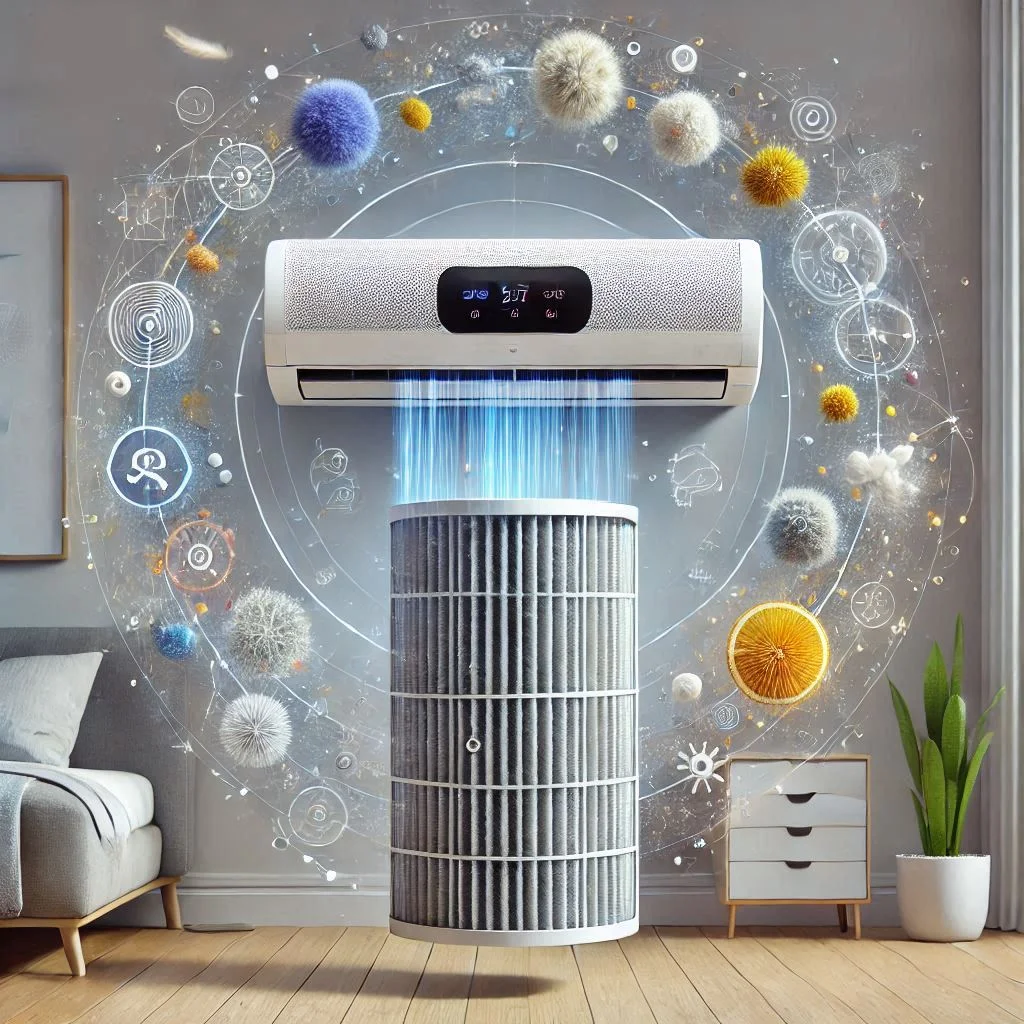
The Role of Air Purifiers in AC Systems
Combining air conditioners with air purifiers can take IAQ to the next level. Many modern AC systems are equipped with integrated air purification features or can be paired with standalone units.
Advantages of Air Purifiers in AC Systems:
- Captures smaller particles like bacteria, viruses, and VOCs, which standard filters might miss.
- Neutralizes unpleasant odors caused by smoke, cooking, or pets.
- Reduces the risk of respiratory infections by removing airborne pathogens.
Popular Technologies:
- UV-C Light Purifiers: Kill germs and mold spores.
- Electrostatic Filters: Trap fine particles using static electricity.
- Carbon Filters: Absorb VOCs and odors.
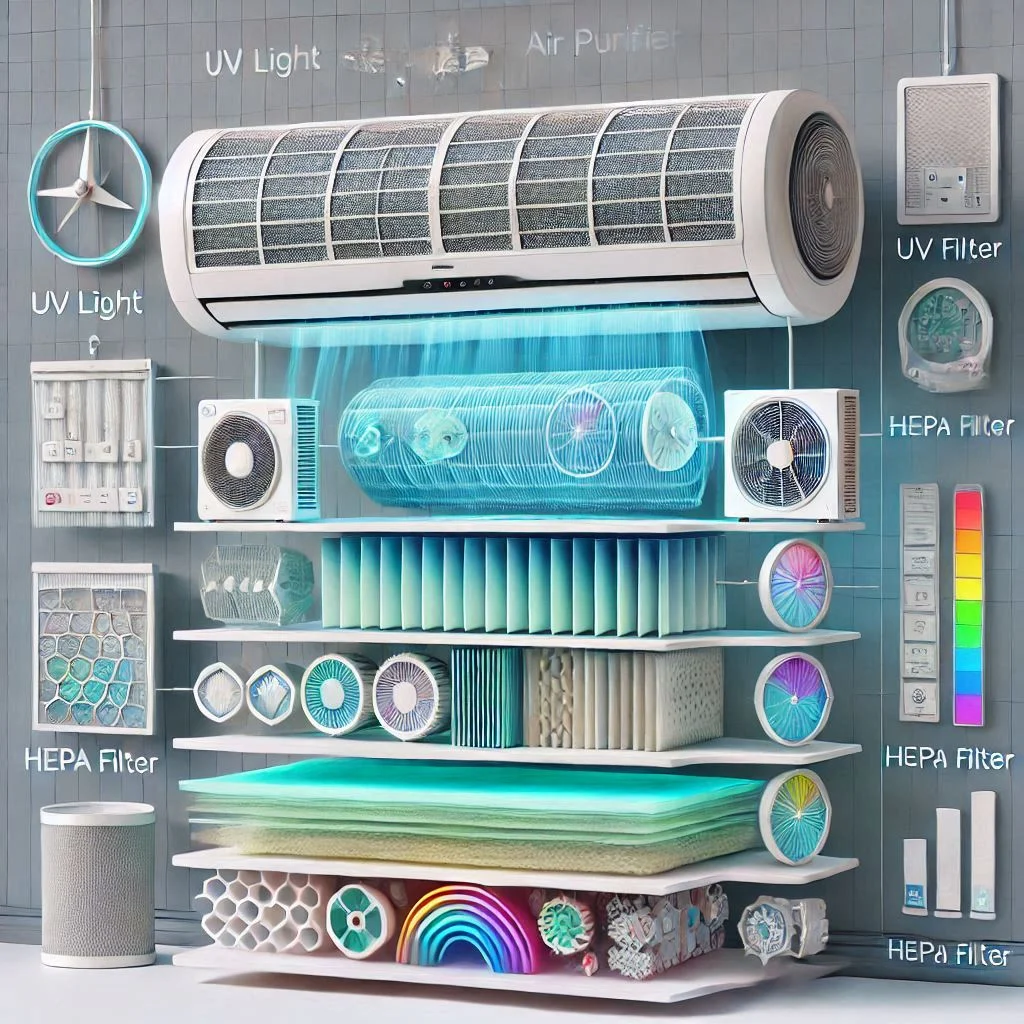
How Regular HVAC Maintenance Helps
Regular maintenance is crucial for keeping your air conditioning system efficient and ensuring superior air quality. A neglected system can become a breeding ground for mold, bacteria, and allergens.
Maintenance Benefits:
- Prevents clogging: Dirty filters and ducts can recirculate allergens into your home.
- Improves efficiency: A clean system cools effectively and reduces energy consumption.
- Extends lifespan: Well-maintained AC units operate longer without frequent breakdowns.
Key Maintenance Tasks:
- Filter Cleaning/Replacement: Essential for allergen control.
- Duct Cleaning: Removes dust and debris buildup.
- Coil Cleaning: Prevents mold growth on evaporator and condenser coils.
- System Checkups: Detects and addresses issues like leaks or poor airflow.
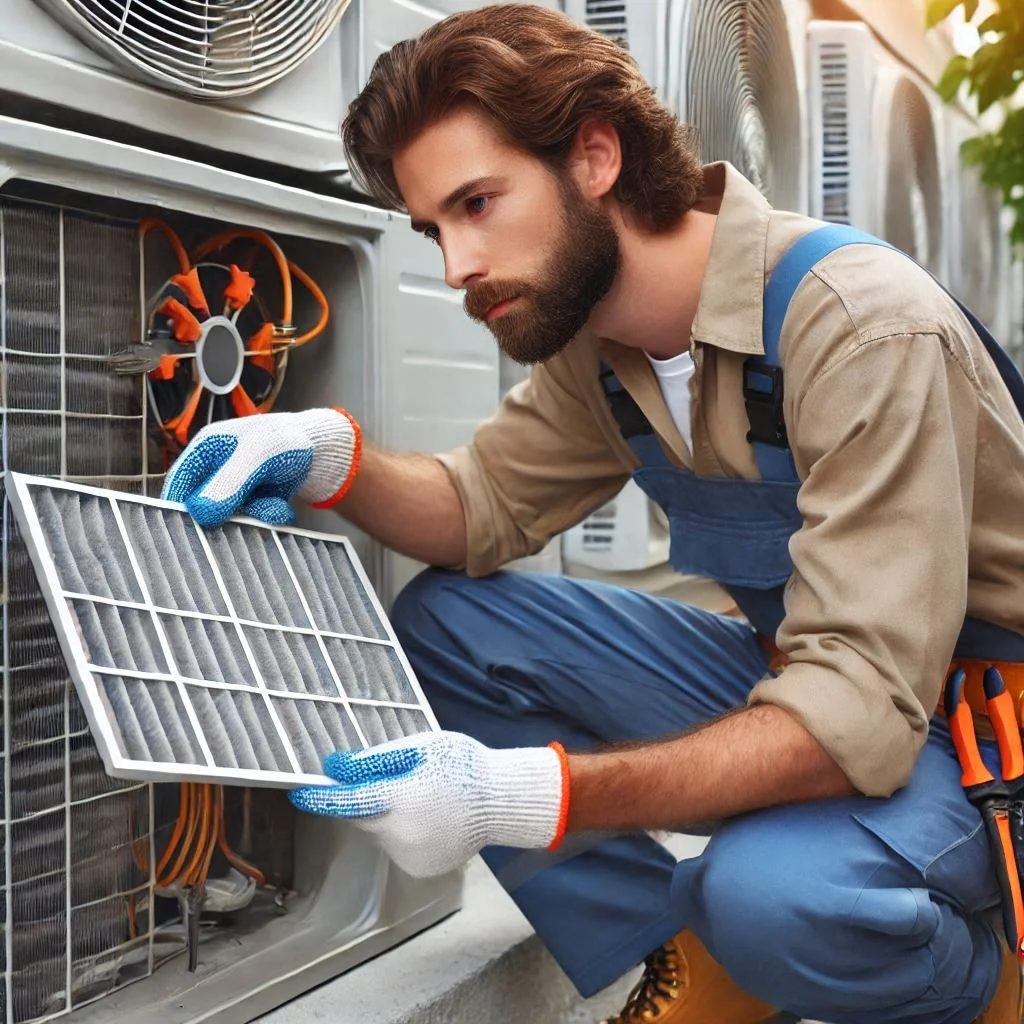
The Best Air Conditioners for Allergy Sufferers
Choosing the right air conditioner can significantly improve the indoor environment for allergy sufferers. Modern air conditioning systems are equipped with advanced features designed to reduce allergens and enhance air quality. Below, we explore the best options for individuals seeking allergen-free air conditioning solutions.
Ductless Air Conditioners
Ductless air conditioners, also known as mini-split systems, are an excellent choice for allergy sufferers. These systems are highly efficient, easy to maintain, and do not rely on traditional ductwork, which can accumulate dust and allergens over time.
Advantages of Ductless AC Systems:
- No ductwork required: Eliminates the risk of allergens being trapped and recirculated.
- Targeted cooling: Allows you to control air quality in individual rooms.
- Advanced filtration: Many models include multi-stage filters that trap allergens, bacteria, and odors.
Best for:
Homes without existing ductwork, people with severe dust allergies, or those looking for a customizable cooling solution.
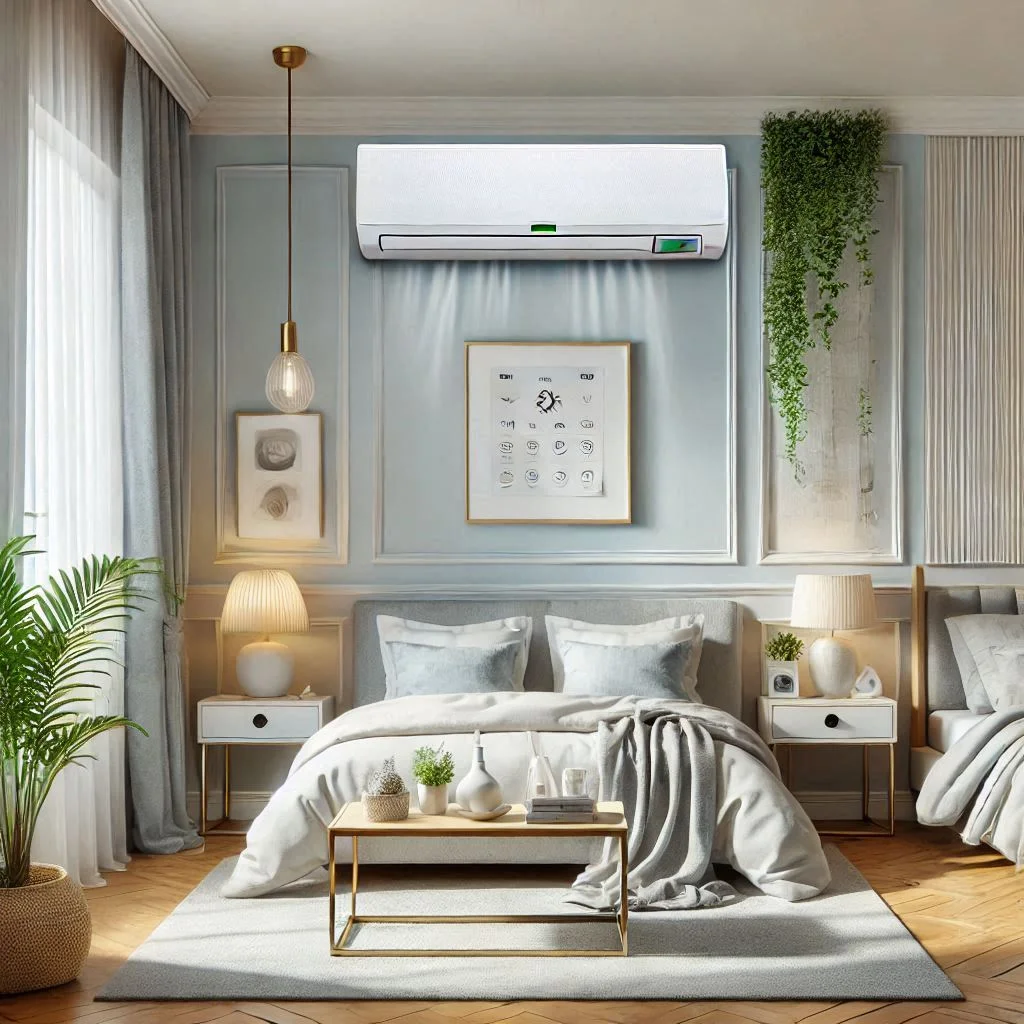
Central Air Conditioners
Central air conditioning systems are a popular choice for whole-home cooling and allergy management. These systems are integrated with ductwork that distributes air evenly throughout the house.
Benefits of Central Air Conditioners for Allergy Control:
- Whole-home filtration: Central AC units can be paired with HEPA filters or UV light purifiers for enhanced allergen reduction.
- Humidity control: Helps maintain optimal indoor humidity levels, reducing the growth of mold and dust mites.
- Improved air circulation: Regular airflow prevents stagnant air and minimizes allergen buildup.
Maintenance Tip: Regular cleaning of ducts and replacement of filters is essential to prevent the accumulation of allergens.

Features to Look for in an AC System for Allergies
When selecting an air conditioner, look for features specifically designed to improve air quality and reduce allergens. These features include:
- HEPA Filters: High-Efficiency Particulate Air (HEPA) filters trap 99.97% of airborne particles as small as 0.3 microns.
- UV Light Purification: UV-C lights kill bacteria, mold spores, and viruses in the air.
- Dehumidification: Keeps indoor humidity levels between 30-50%, preventing the growth of mold and dust mites.
- Air Purifiers: Integrated air purifiers help eliminate smaller allergens like VOCs and odors.
- Quiet Operation: A noiseless system ensures comfort without disturbing sleep or work, particularly beneficial for allergy sufferers.
Pro Tip: Always check the system’s CADR rating (Clean Air Delivery Rate) for its effectiveness in filtering allergens.
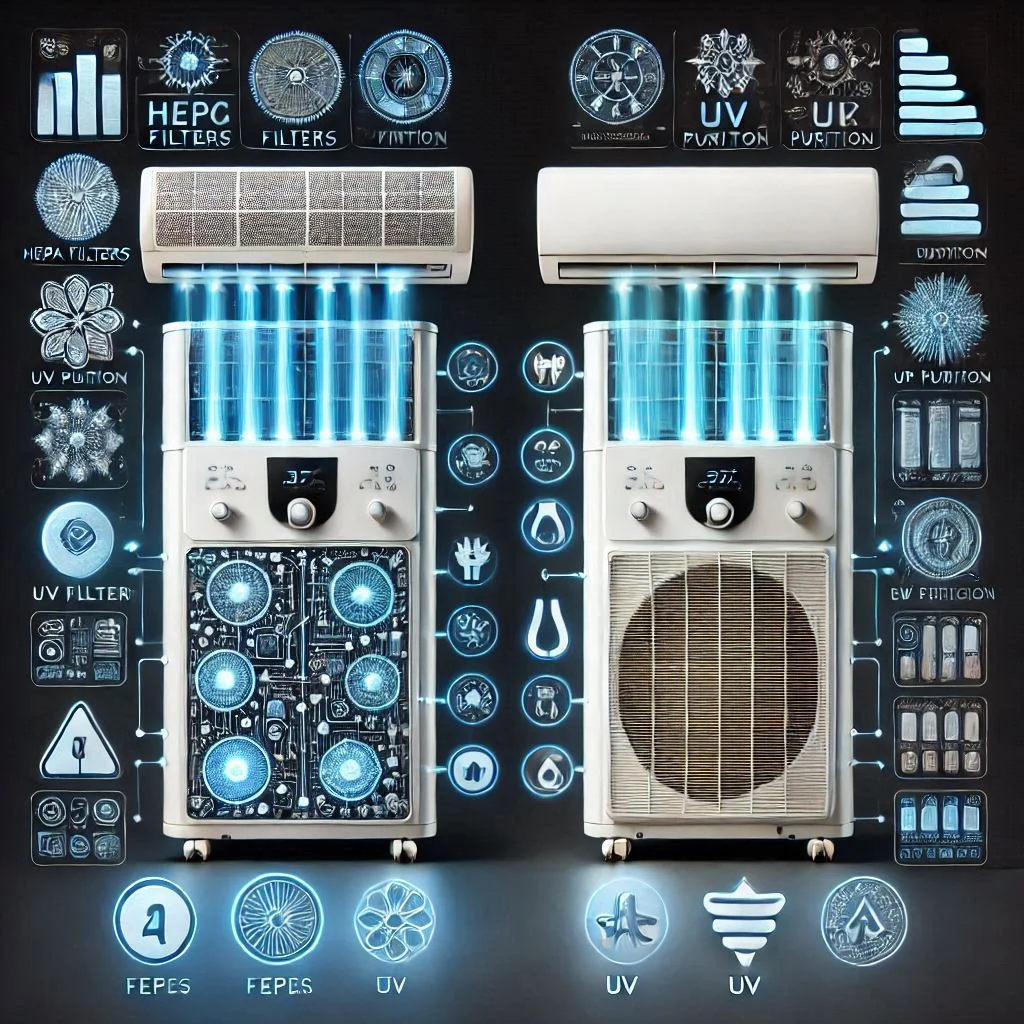
Common Indoor Allergens and How ACs Handle Them
Indoor air can harbor a variety of allergens that impact respiratory health and overall well-being. Properly maintained air conditioning systems play a crucial role in mitigating these allergens, improving air quality, and creating a healthier living environment. Below, we’ll explore common indoor allergens and how air conditioners help manage them.
Pollen
Pollen is a leading cause of allergies, especially during the spring and fall seasons. When outdoor air enters your home through open windows or doors, it brings pollen with it, which can cause allergic reactions.
How ACs Handle Pollen:
- High-quality filters: Air conditioners equipped with HEPA filters can trap up to 99.97% of airborne particles, including pollen.
- Air recirculation: By recirculating filtered air, AC systems limit the entry of new pollen into your home.
- Sealed systems: Unlike open windows, AC systems maintain a sealed environment, preventing pollen intrusion.
Maintenance Tip: Replace air filters frequently during high-pollen seasons to maintain optimal filtration.
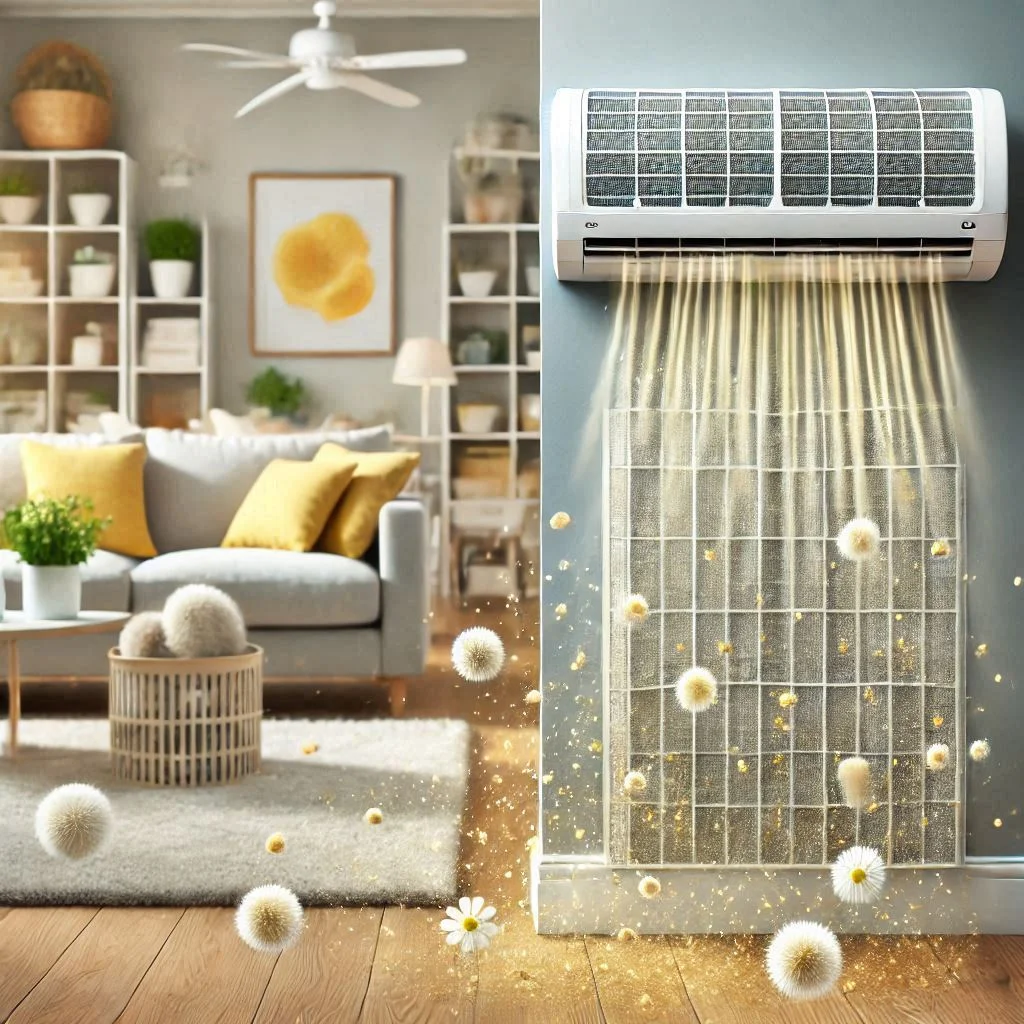
Dust Mites
Dust mites are microscopic creatures that thrive in warm, humid conditions. Their waste particles are a common allergen that can trigger asthma and other respiratory problems.
How ACs Handle Dust Mites:
- Humidity control: AC systems with dehumidifying capabilities maintain indoor humidity levels below 50%, making it harder for dust mites to survive.
- Air circulation: Continuous airflow prevents dust accumulation, reducing dust mite habitats.
- Frequent cleaning: Advanced systems allow for easy maintenance, ensuring that dust does not recirculate into the air.
Pro Tip: Pair your AC with a dehumidifier for enhanced dust mite control in particularly humid areas.
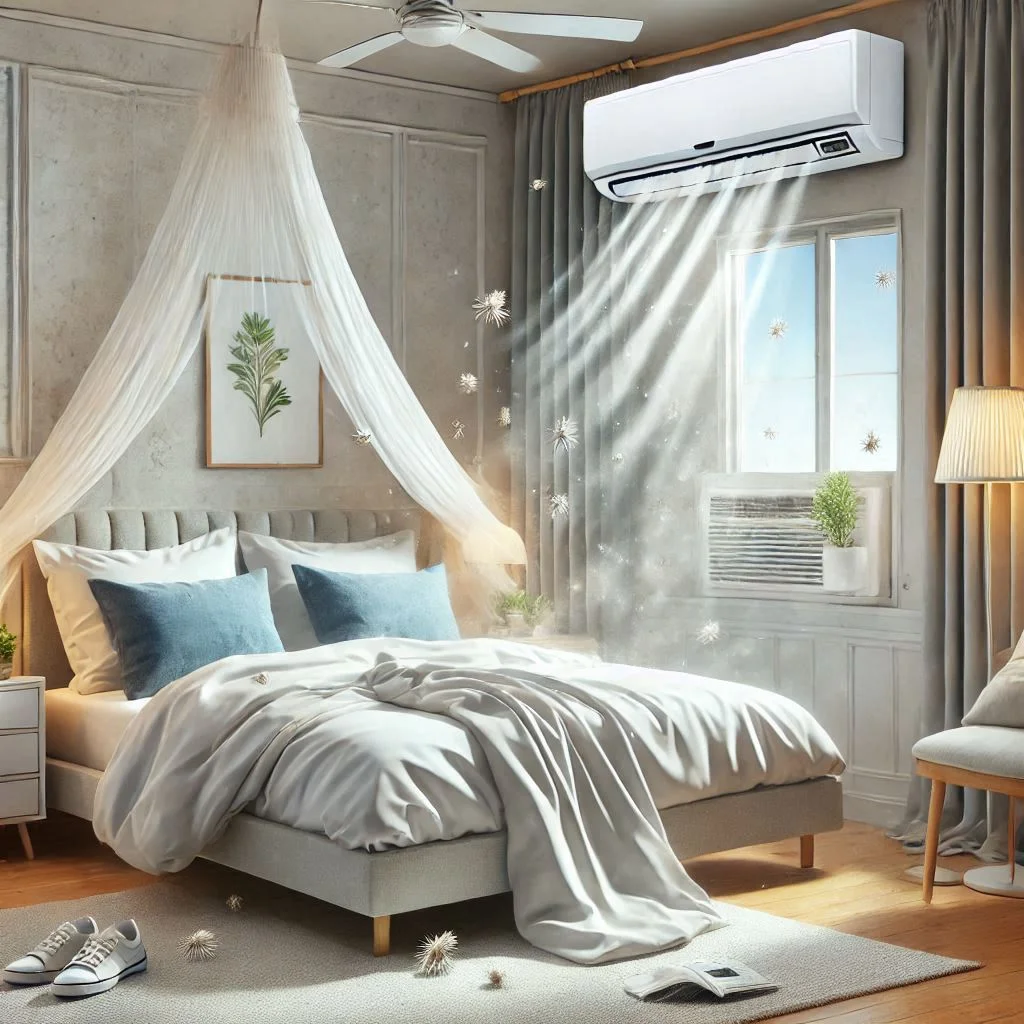
Pet Dander
Pet dander consists of tiny skin flakes shed by cats, dogs, and other animals. These particles can stay airborne for long periods and trigger allergic reactions in sensitive individuals.
How ACs Handle Pet Dander:
- Multi-stage filtration: Modern AC systems include specialized filters that capture dander particles along with other allergens.
- Improved airflow: Continuous circulation ensures that dander doesn’t settle on furniture or flooring.
- Integrated air purifiers: Some units offer UV-C light or electrostatic filters to neutralize dander and odor.
Maintenance Tip: Vacuum frequently and groom your pets regularly to minimize dander levels.
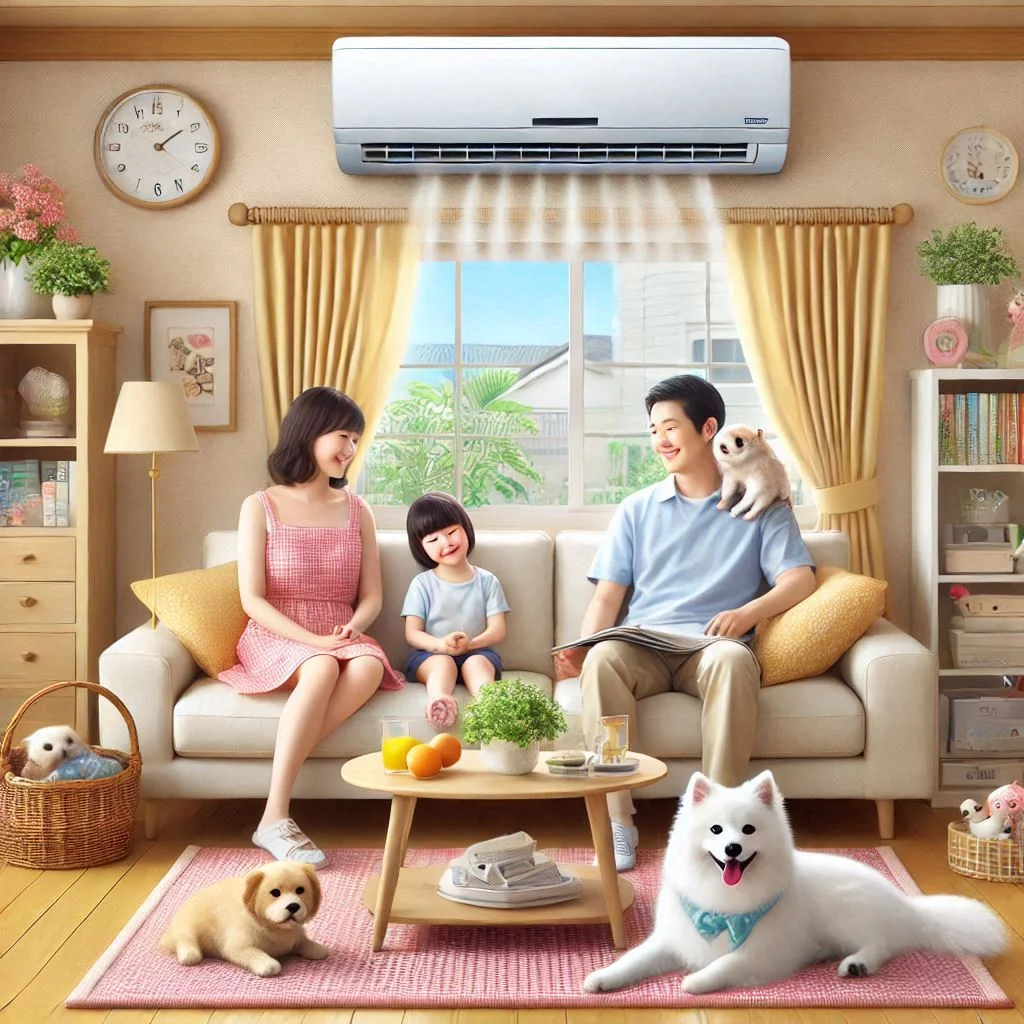
Mold and Bacteria
Mold spores and bacteria can grow in damp, poorly ventilated areas, including inside air conditioning units. These can cause respiratory issues and exacerbate allergies if not addressed.
How ACs Handle Mold and Bacteria:
- UV light sterilization: Many AC systems are equipped with UV-C light technology to kill mold spores and bacteria inside the unit.
- Condensate management: Proper drainage prevents water accumulation, a key factor in mold growth.
- Air purification: Advanced filters and purifiers capture and neutralize mold spores and bacterial particles.
Pro Tip: Schedule regular HVAC maintenance to clean coils, condensate pans, and ductwork to prevent mold buildup.

Tips for Optimal Indoor Air Quality
Maintaining optimal indoor air quality is essential for a healthy and comfortable living environment. Poor air quality can aggravate allergies, trigger asthma, and lead to various health concerns. Here are some practical tips to ensure your indoor air remains clean and breathable.
1. Replace Your Air Filter Regularly
Air filters are your first line of defense against airborne contaminants. Over time, filters become clogged with dust, pollen, and other particles, reducing their efficiency and impacting your indoor air quality.
Why Regular Replacement Matters:
- Improves air circulation: Clean filters allow unobstructed airflow, enhancing your HVAC system’s performance.
- Removes allergens: Filters trap pollen, dust mites, and pet dander, ensuring these allergens don’t circulate in your home.
- Extends HVAC lifespan: Regular filter changes reduce strain on the system, preventing breakdowns.
How Often Should You Replace Filters?
- Standard filters: Every 1-3 months.
- High-efficiency HEPA filters: Every 6-12 months, depending on usage and environmental factors.
Pro Tip: Opt for filters with a high MERV rating (Minimum Efficiency Reporting Value) to capture smaller particles effectively.
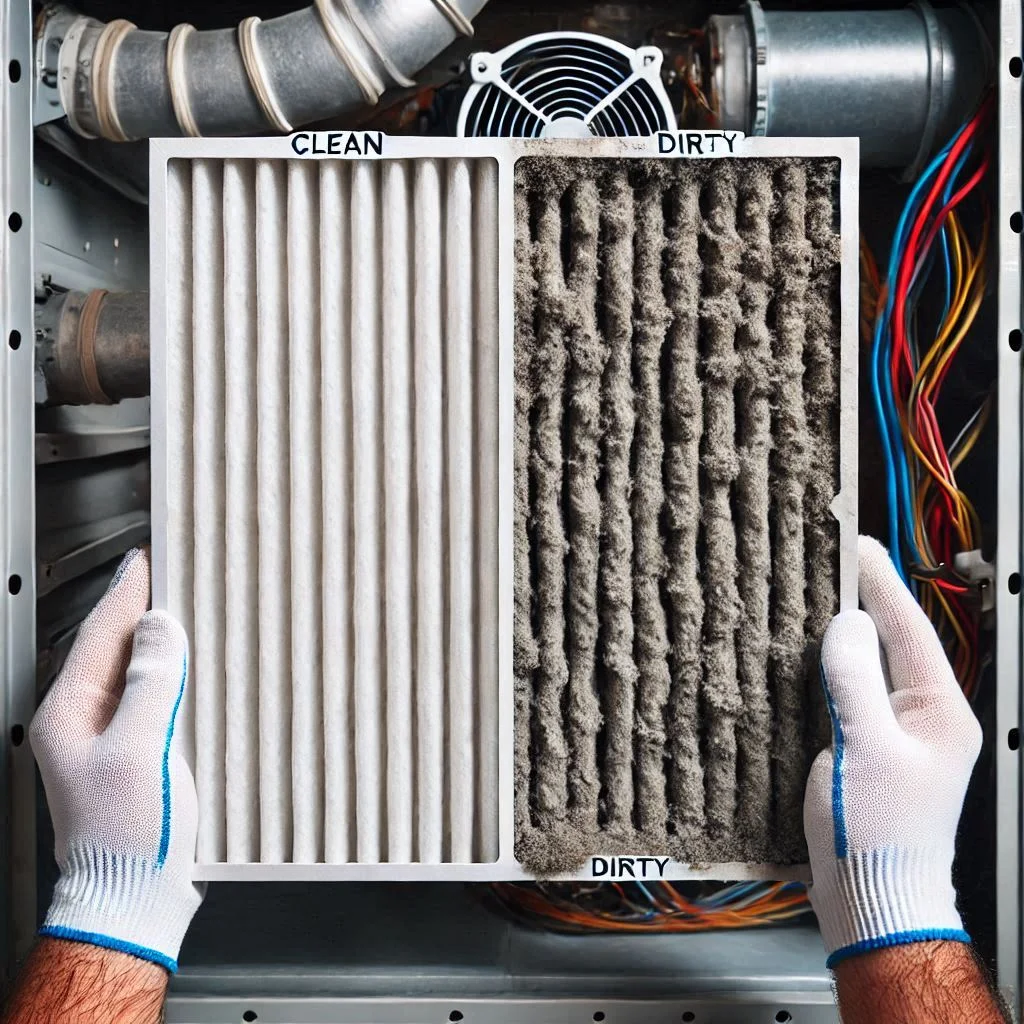
2. Get Regular HVAC Maintenance
Regular HVAC maintenance is crucial for keeping your system running efficiently and ensuring clean indoor air. Neglecting maintenance can lead to the buildup of dust, mold, and bacteria within your unit.
Benefits of Regular Maintenance:
- Cleaner air ducts: Removes dust and allergens trapped in ductwork.
- Improved efficiency: Keeps your system running at peak performance, reducing energy costs.
- Early issue detection: Identifies potential problems like mold growth or clogged filters before they worsen.
What to Include in HVAC Maintenance:
- Professional cleaning of coils, condensate pans, and ducts.
- Inspection and replacement of worn components.
- Calibration of the system for optimal humidity and temperature control.
Maintenance Frequency: Schedule a professional HVAC tune-up at least twice a year—once before summer and once before winter.
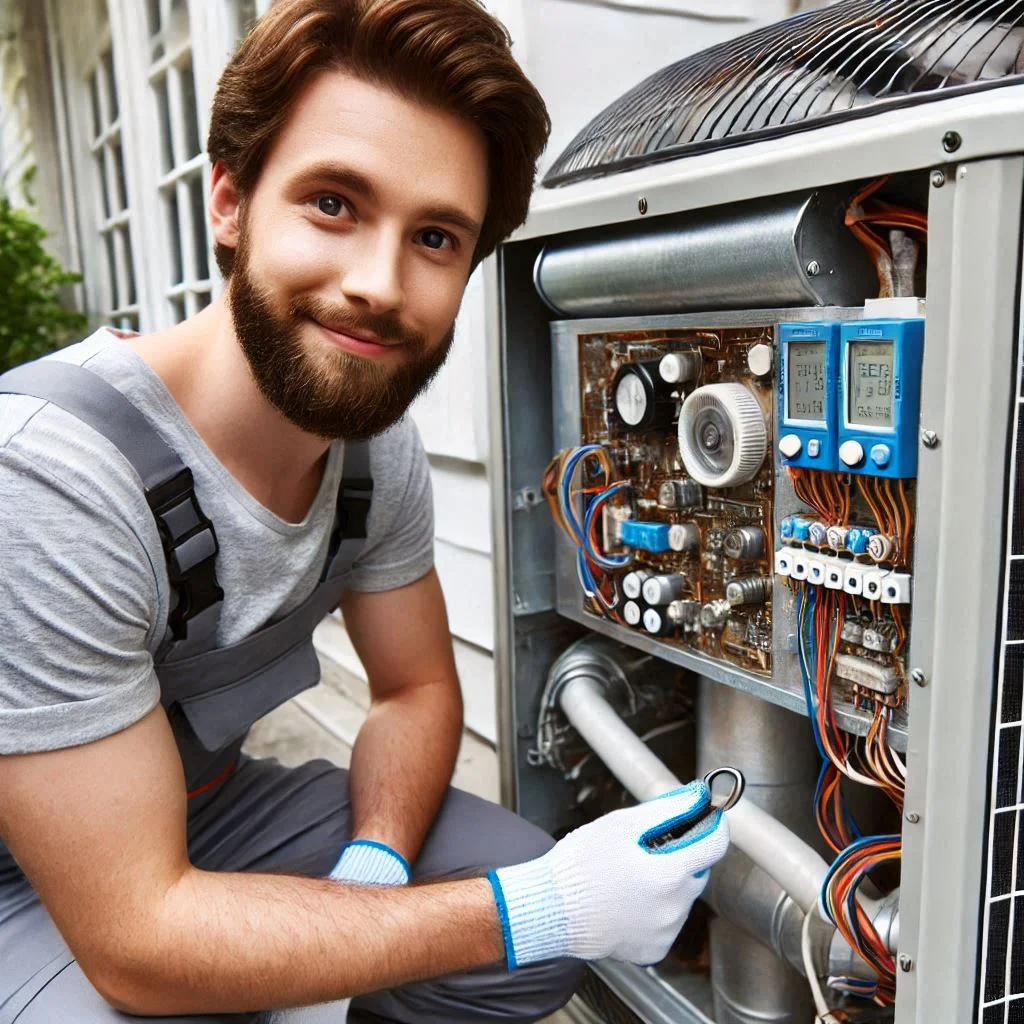
3. Install an Air Purification System
Air purification systems are an excellent way to enhance indoor air quality by removing microscopic particles that standard filters may miss.
Types of Air Purification Systems:
- UV-C Light Purifiers: Kill bacteria, viruses, and mold spores by disrupting their DNA.
- Activated Carbon Filters: Absorb odors, smoke, and volatile organic compounds (VOCs).
- Electrostatic Purifiers: Capture tiny particles using an electric charge.
Benefits of Air Purifiers:
- Healthier environment: Reduces exposure to allergens, bacteria, and harmful particles.
- Odor elimination: Keeps your home smelling fresh and clean.
- Enhanced HVAC performance: Reduces the workload on your HVAC system by filtering air more effectively.
Pro Tip: Combine air purifiers with high-quality filters and regular maintenance for maximum effectiveness.
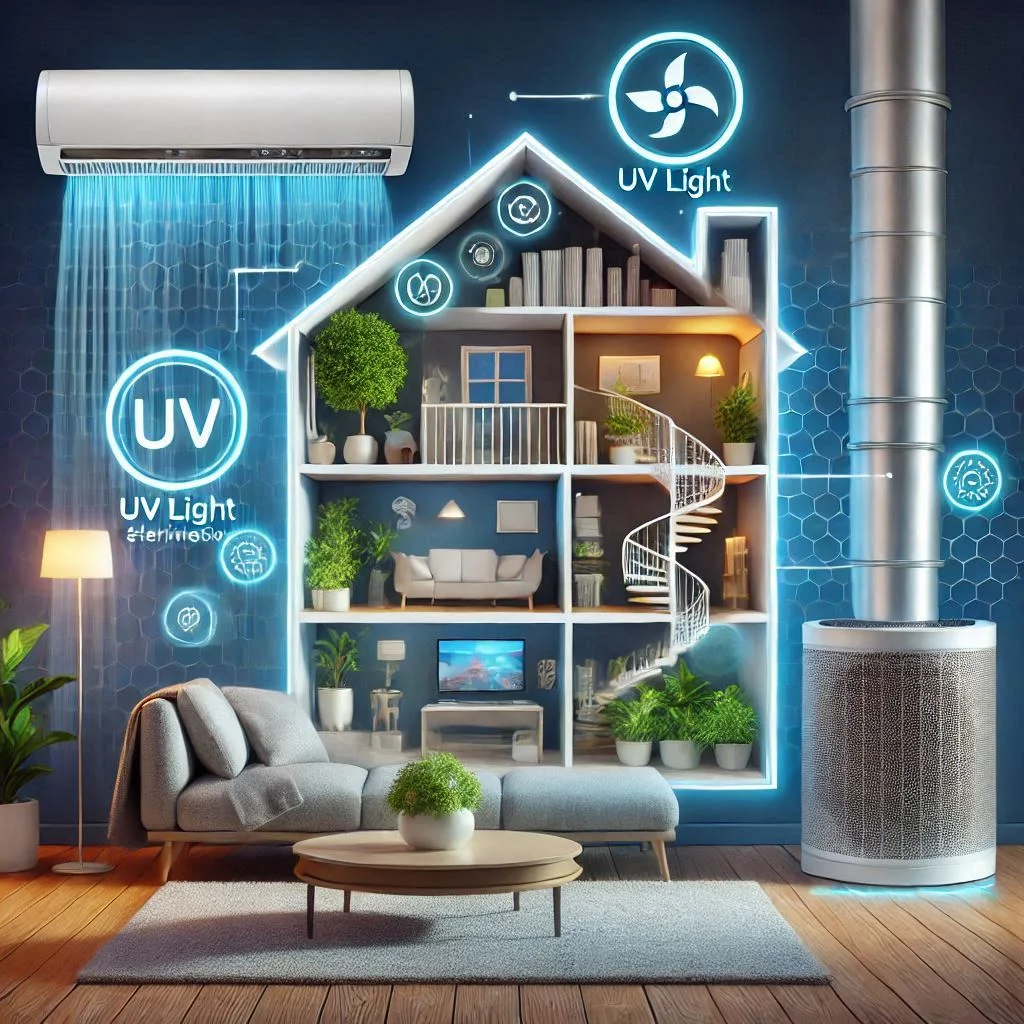
FAQs: Best Air Conditioner for Allergy Sufferers
Allergy sufferers often face questions about how air conditioners can impact their symptoms and improve indoor air quality. Below are detailed answers to some of the most frequently asked questions about using air conditioners for allergy control.
Can an Air Conditioner Help Reduce Asthma Symptoms?
Yes, air conditioners can significantly help reduce asthma symptoms by maintaining clean and allergen-free indoor air.
How Air Conditioners Help:
- Removes allergens: High-quality AC filters trap allergens such as pollen, dust mites, and pet dander, preventing them from circulating indoors.
- Humidity control: Maintaining optimal indoor humidity levels (30-50%) reduces mold and dust mite growth, common asthma triggers.
- Air purification: Modern AC units often include advanced purification technologies like UV-C light or electrostatic filters to neutralize bacteria, mold, and viruses.
Additional Tip: Pair your air conditioner with a dehumidifier in areas prone to high humidity for enhanced asthma relief.
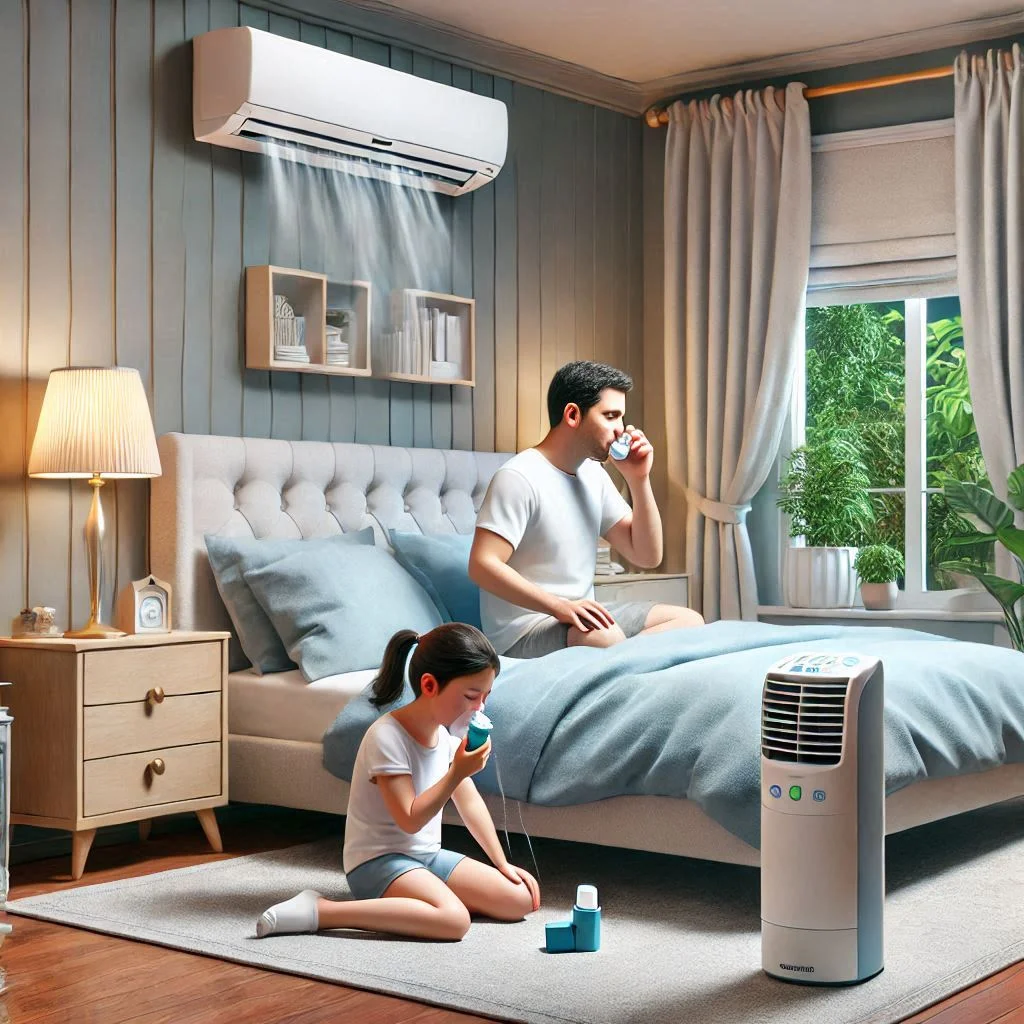
Which AC Models Are Ideal for Allergy Sufferers?
Certain AC models are specifically designed to address the needs of allergy sufferers. Look for the following features:
1. Ductless Mini-Split Systems:
- Why they’re great: These systems eliminate the need for ducts, where allergens can accumulate.
- Bonus: Many include HEPA filters and built-in air purifiers.
2. Central Air Conditioners with Advanced Filtration:
- Why they’re great: Central ACs equipped with HEPA or activated carbon filters provide whole-home allergen control.
- Tip: Regular duct cleaning is crucial for maintaining clean airflow.
3. Portable Air Conditioners with Built-in Purifiers:
- Why they’re great: Portable units with HEPA filters offer localized allergen control in bedrooms or small spaces.
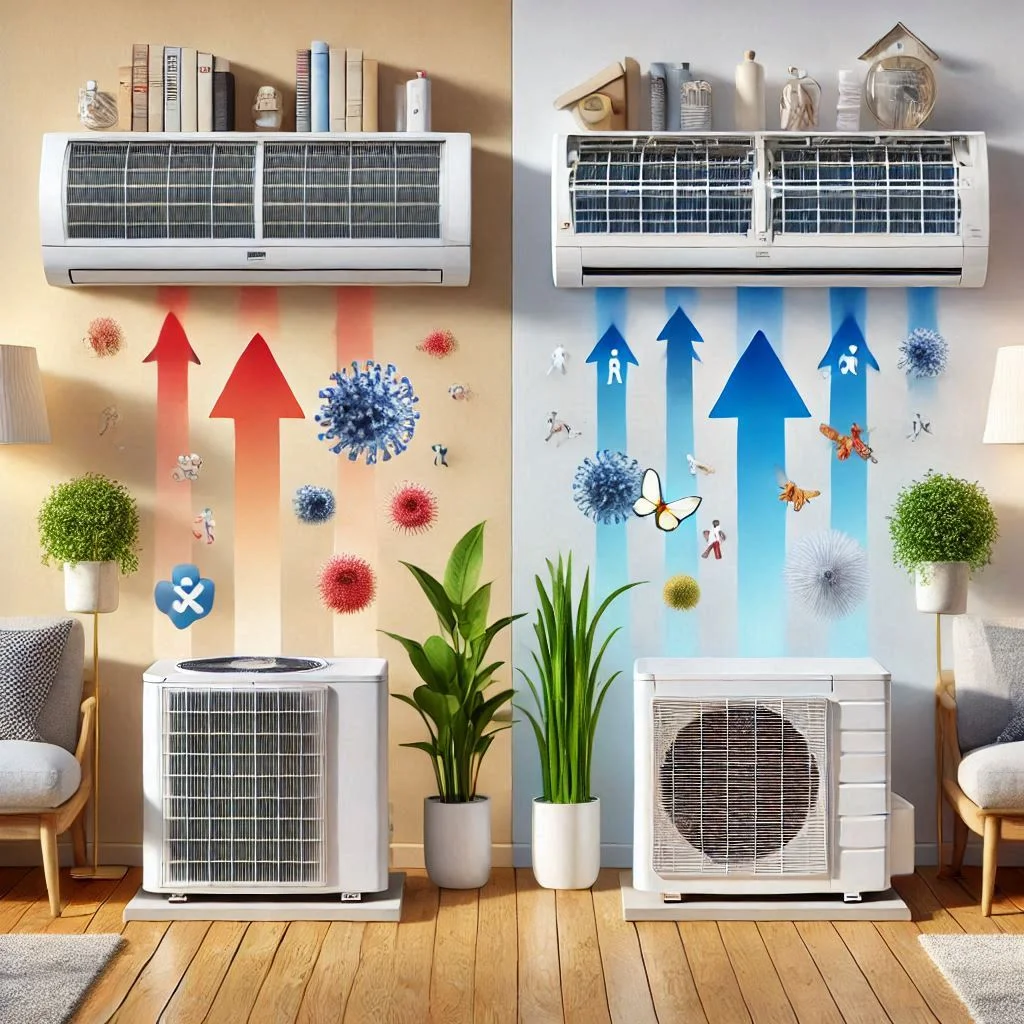
How Often Should I Clean My AC Filter to Prevent Allergies?
Regular filter maintenance is crucial for allergy prevention.
Cleaning Frequency Recommendations:
- Standard Filters: Clean or replace every 1-3 months.
- HEPA Filters: Replace every 6-12 months.
- In High-Allergen Seasons: Increase frequency to monthly filter checks during spring and fall.
Why It Matters:
Dirty filters can become a source of allergens themselves, as trapped particles may break down and re-enter the air. Proper cleaning ensures your AC system remains effective in filtering out irritants.
Pro Tip: Use washable filters for eco-friendly and cost-effective maintenance.
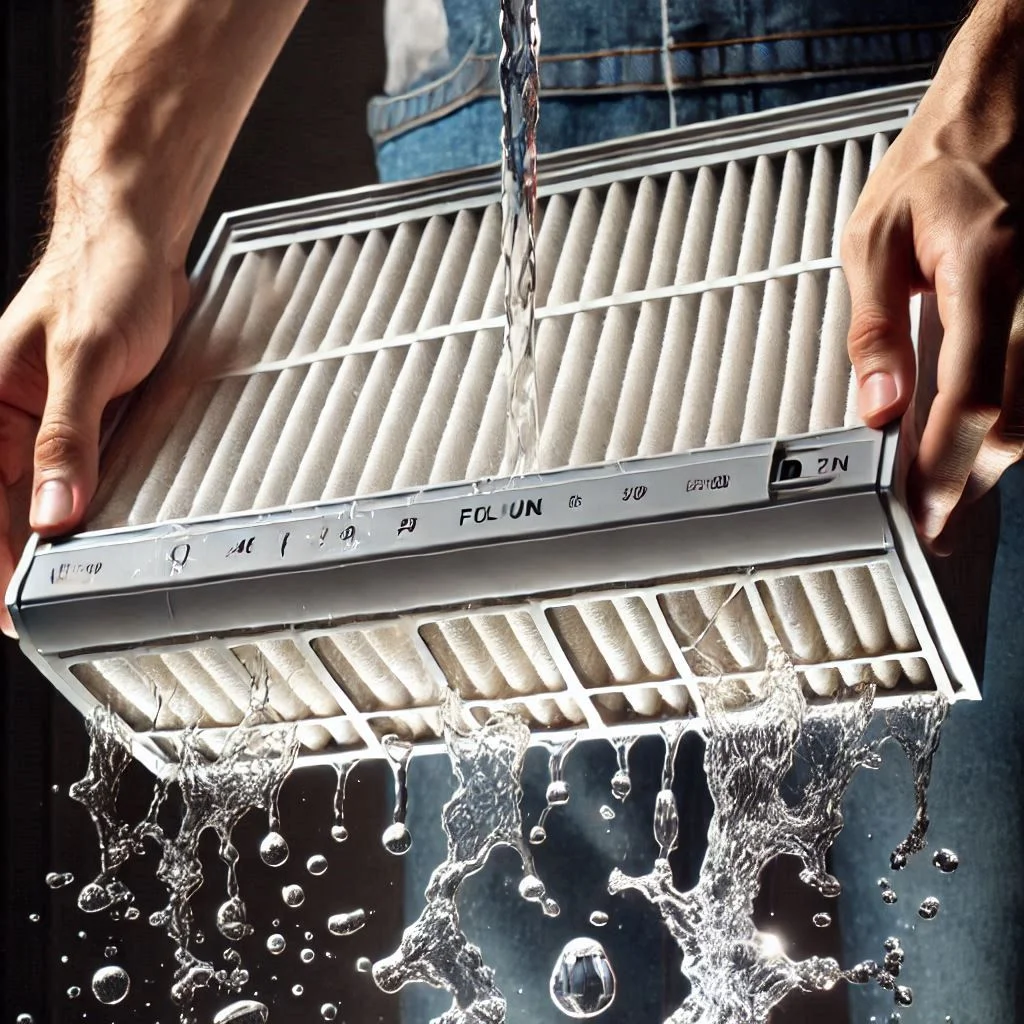
Is a Ductless AC Better for Allergy Control Than Central Air?
Ductless air conditioning systems are often more allergy-friendly than traditional central air systems.
Benefits of Ductless ACs:
- No ductwork: Eliminates the risk of allergens accumulating in ducts, such as dust and mold.
- Zone control: Allows precise temperature and air quality control in specific areas of your home.
- Integrated filters: Many ductless systems come with advanced filtration to capture fine particles.
Drawbacks to Consider:
- Limited coverage: Ductless systems may not be ideal for large homes without additional units.
- Higher upfront cost: They can be more expensive to install compared to central ACs.
When to Choose Central Air: If your home is already equipped with ducts, central AC with regular duct cleaning and advanced filtration is still effective for allergy control.
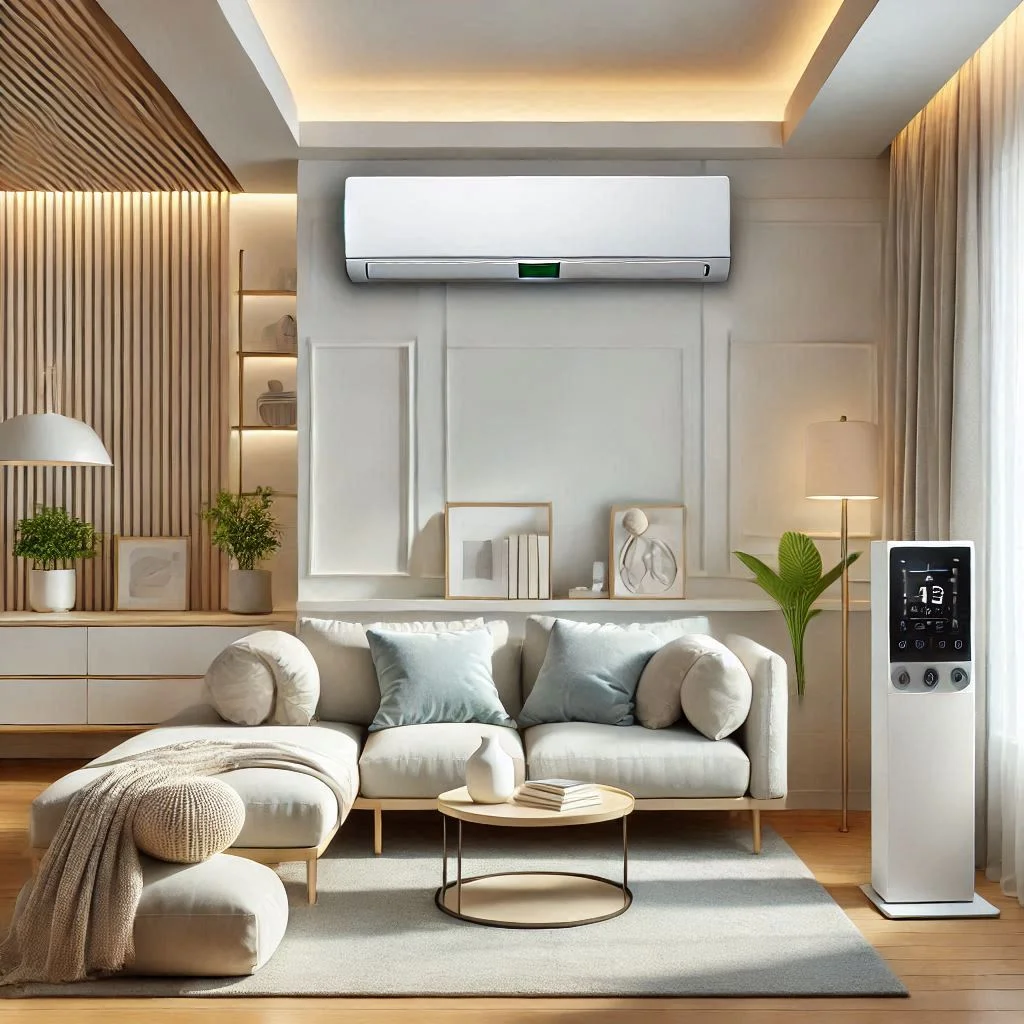
Conclusion
Creating a healthy and allergen-free indoor environment begins with the right air conditioning system and proper maintenance practices. By choosing the best air conditioners for allergy sufferers, such as ductless mini-split systems or central air units with advanced filtration, you can effectively minimize common indoor allergens like pollen, dust mites, and pet dander. Regularly replacing filters, scheduling professional HVAC maintenance, and considering air purification systems further enhance your indoor air quality. Whether you’re managing asthma symptoms or simply striving for cleaner air, these steps ensure comfort and peace of mind for you and your family. Take control of your home’s air quality today and experience the difference a well-maintained HVAC system can make!

